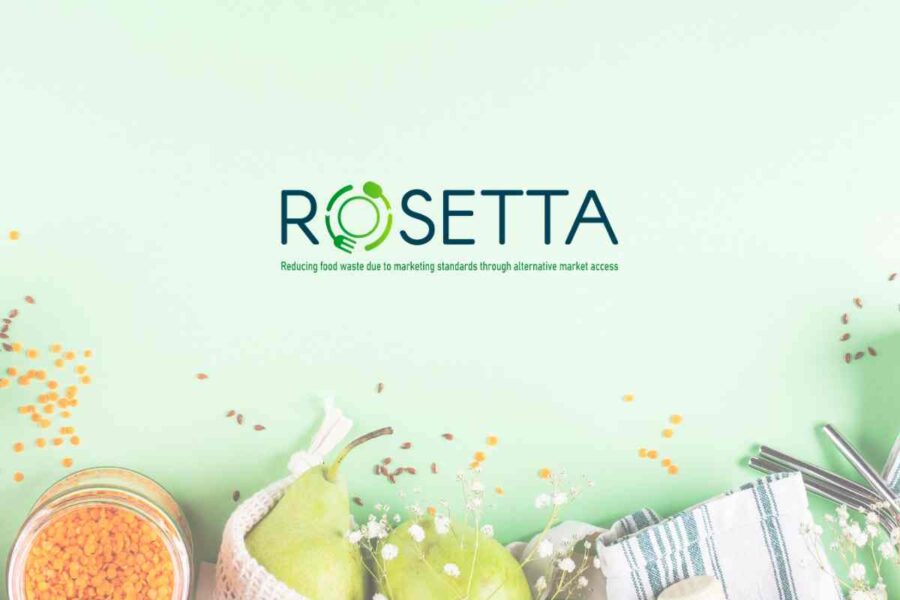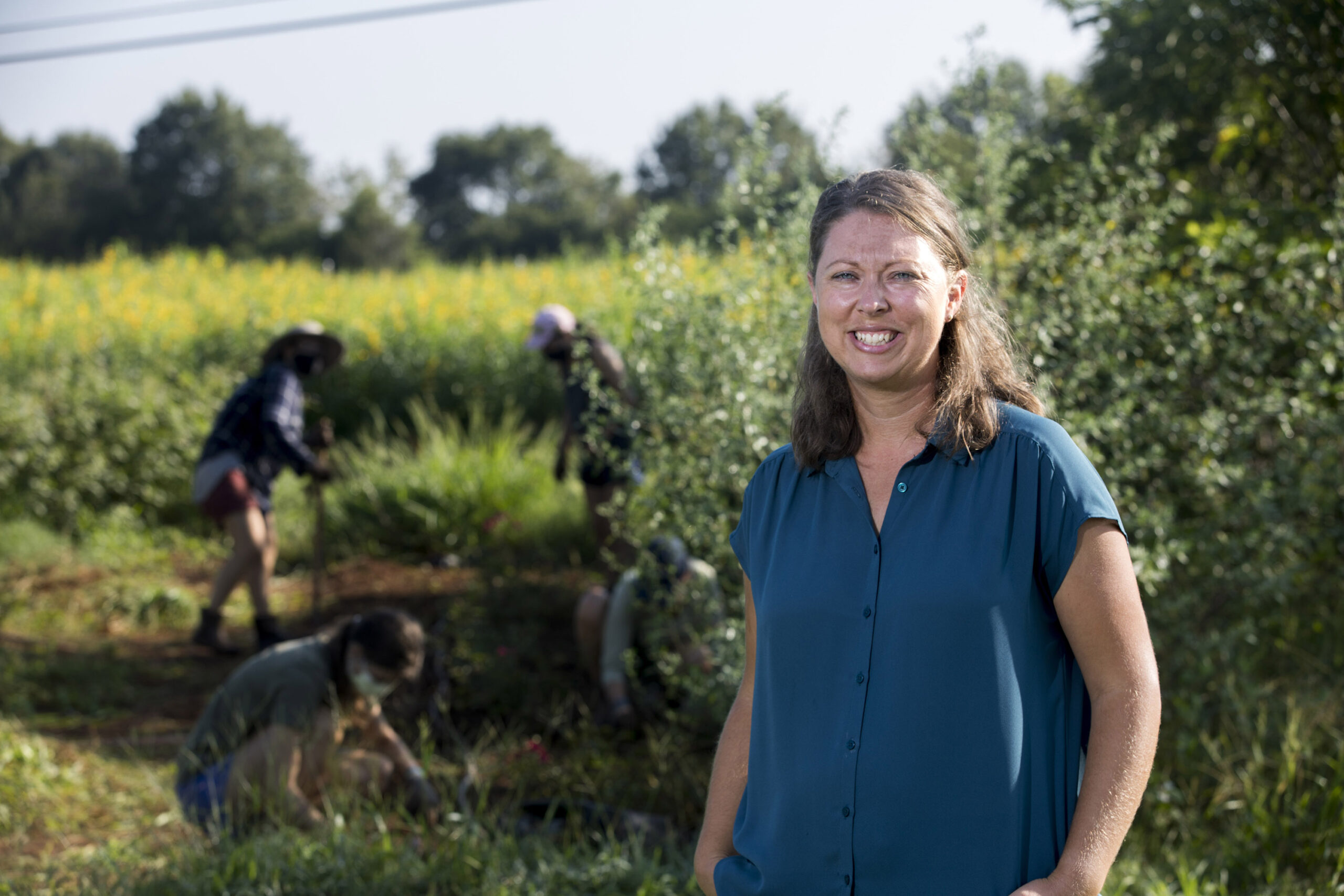Report on the Barnesville High School Meal Repackaging Initiative
Barnesville High School has implemented a meal repackaging program designed to address local food insecurity and reduce food waste, aligning with several key United Nations Sustainable Development Goals (SDGs). The initiative repurposes leftover food from the school’s daily lunch service, making it available for students to take home.
Alignment with Sustainable Development Goals (SDGs)
SDG 2: Zero Hunger
The program’s primary objective is to combat food insecurity within the student body and their families, directly supporting the mission of SDG 2. By providing all 872 students with unrestricted access to nutritious meals, the initiative ensures that students have the food they need for healthy development and well-being, particularly before after-school activities or at home.
SDG 12: Responsible Consumption and Production
A significant outcome of the program is the reduction of food waste, a critical target of SDG 12. Instead of being discarded, surplus food is systematically collected and preserved. This model promotes a circular economy within the school’s food service operations.
- Daily leftover meals are packaged by lunch staff.
- Meals are frozen to ensure food safety and longevity, remaining viable for up to 90 days.
- Student volunteers assist in managing the inventory for student access.
SDG 17: Partnerships for the Goals
The initiative exemplifies the effectiveness of strategic partnerships, a cornerstone of SDG 17. The program was made possible through a foundational grant from the Cass-Clay Hunger Coalition, which funded essential equipment, including a dedicated freezer and meal containers. This collaboration between an educational institution and a community organization is vital to the program’s success and sustainability.
Program Implementation and Impact
Operational Details
The program builds upon a similar successful model previously established at the local elementary school. The operational framework is straightforward and efficient:
- School lunch staff package and freeze daily surplus meals.
- A student volunteer transfers the packaged meals to a designated freezer located in the cafeteria.
- Students can access the freezer and take meals as needed, with no limits on quantity or frequency.
Initial Outcomes and Broader Contributions
In its first month of operation, the program successfully provided 96 meals to students. This initiative contributes to a wider range of SDGs by creating a supportive environment for students:
- SDG 1 (No Poverty): By providing free meals, the program alleviates a financial burden on low-income families.
- SDG 3 (Good Health and Well-being): Consistent access to food supports the physical and mental health of students.
- SDG 4 (Quality Education): Addressing hunger helps improve students’ concentration and capacity to learn, thereby supporting educational outcomes.
1. SDGs Addressed in the Article
-
SDG 2: Zero Hunger
The article directly addresses the issue of food insecurity among students and their families. The Barnesville High School meal repack program is a direct response to this problem, aiming to provide meals to those in need by allowing students to take home leftover meals from the school’s daily lunch service.
-
SDG 12: Responsible Consumption and Production
The initiative is explicitly designed to reduce food waste by repurposing leftover meals. The article quotes a student saying, “it’s a great way to reduce the food waste and help give the food to someone who needs it,” which directly aligns with the goal of responsible consumption.
-
SDG 17: Partnerships for the Goals
The program is a collaborative effort. The article mentions that the school “received the freezer and meal containers through a grant from the Cass-Clay Hunger Coalition,” highlighting a partnership between a public institution (the school) and a civil society organization to achieve a common goal.
2. Specific SDG Targets Identified
-
Target 2.1: End hunger and ensure access to safe, nutritious food
The program’s primary goal is to provide meals to students facing food insecurity, ensuring they have access to food. The article states the program helps “students and families struggling with food insecurity” and gives all 872 students “access to the meals they need.”
-
Target 12.3: Halve global per capita food waste
The article highlights that the program tackles food waste. By taking “the leftovers that were used that day” and repackaging them for students, the school is actively reducing the amount of food that would otherwise be discarded, contributing to the goal of halving food waste.
-
Target 17.17: Encourage effective partnerships
The program’s implementation was made possible through a partnership. The collaboration between Barnesville High School and the Cass-Clay Hunger Coalition, which provided a grant for essential equipment, exemplifies the type of multi-stakeholder partnership promoted by this target.
3. Indicators for Measuring Progress
-
Indicator for Target 2.1: Number of meals provided and students with access
The article provides specific data that can be used as an indicator to measure progress. It states, “In its first month, the program provided 96 meals for students to take home.” It also mentions that “all 872 students at Barnesville High School” have access to the meals, which serves as an indicator of the program’s reach.
-
Indicator for Target 12.3: Quantity of food waste reduced
While not measured in weight, the number of meals repurposed is a direct proxy for food waste reduction. The “96 meals” provided in the first month represent a quantifiable amount of food that was saved from being wasted, serving as a clear indicator of the program’s impact on waste.
-
Indicator for Target 17.17: Resources mobilized through partnership
The article implies an indicator by mentioning the tangible outcomes of the partnership. The “grant from the Cass-Clay Hunger Coalition” which provided a “freezer and meal containers” is a measurable contribution that demonstrates the effectiveness and resource-mobilizing power of the partnership.
4. Summary Table of SDGs, Targets, and Indicators
| SDGs | Targets | Indicators |
|---|---|---|
| SDG 2: Zero Hunger | Target 2.1: By 2030, end hunger and ensure access by all people… to safe, nutritious and sufficient food all year round. | Number of meals provided to students (96 in the first month); Number of students with access to the program (872). |
| SDG 12: Responsible Consumption and Production | Target 12.3: By 2030, halve per capita global food waste at the retail and consumer levels… | Quantity of leftover food repurposed (Implied by the 96 meals provided that were saved from being wasted). |
| SDG 17: Partnerships for the Goals | Target 17.17: Encourage and promote effective public, public-private and civil society partnerships… | Existence of a partnership (Barnesville High School and Cass-Clay Hunger Coalition); Resources mobilized through the partnership (grant for a freezer and meal containers). |
Source: inforum.com







